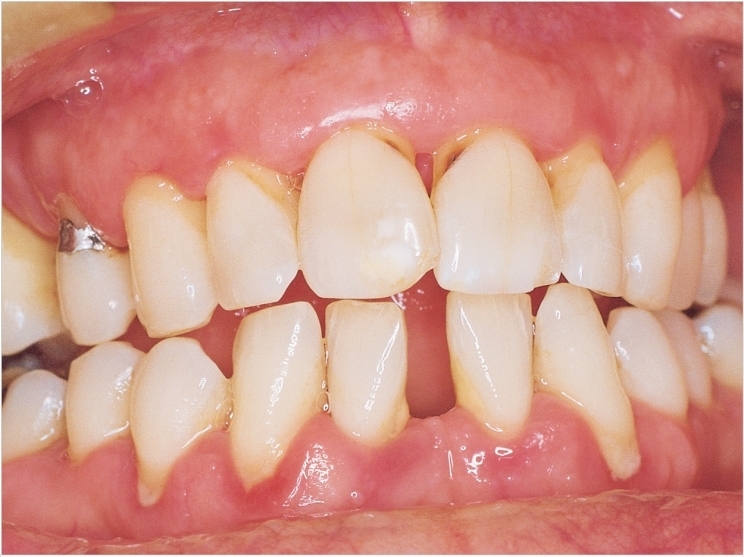
Researchers at the University of Connecticut School of Dental Medicine have received a $1.5 million, four-year grant from the National Institute of Dental and Craniofacial Research to study the role of certain bacterial lipids in promoting bone loss in periodontal disease.
As the microorganisms that accumulate between the gum and tooth root die, they become entombed in a mineral matrix called subgingival calculus. Deposited in this matrix and within the overlying microbial plaque are specific microbial factors that can penetrate into gum tissue.
The body recognizes these factors as a signal for help and mounts a localized chronic inflammatory response that can damage gum tissues and the bone supporting the teeth. The bacterial factors that are most important to this process are novel bacterial lipids that engage with the immune system.
Porphyromonas gingivalis is prominent in the subgingival plaque at periodontitis sites. Along with other organisms of the same phylum, it produces novel lipids that engage the immune system.
Previously, these researchers found that P gingivalis produces two unique classes of serine lipids that inhibit bone formation and activate immune cells. These macrophages then release important cytokines that signal to the rest of the immune system to send help to an area of the body battling infection, in this case, the gums and teeth.
At least one of these serine lipids mediates its effects by engaging the host’s innate immune system, specifically by interacting with Toll-like Receptor 2 (TLR2). This membrane protein recognizes foreign substances, thereby alerting the immune system to their presence. The researchers now are looking to gain a better understanding of how these lipids promote the cellular effects spurred by engaging TLR2.
The researchers also have discovered another class of structurally related lipids in P gingivalis, called glycine lipids, that also engage TLR2. The glycine lipids appear to be very potent in their capacity to mediate TLR2 effects.
P gingivalis lipids are unique in that they can be produced from the previously mentioned serine lipids that enter gum tissues. Enzymes present in gum tissue cells mediate the hydrolytic breakdown of the serine lipids.
One enzyme class called phospholipase A2 is found in elevated levels in gum tissues where chronic periodontitis exists. This enzyme class mediates one step in the hydrolysis of serine lipids into glycine lipids. The hydrolysis of serine lipids to glycine lipids therefore occurs where the host-mediated chronic inflammatory response is most prominent.
The research will quantify the uptake of serine and glycine lipids by the dominant cells in gum tissues. It next will look at the ability of the lipids produced by P gingivalis to interact with important immune system receptors like TLR2 in gum cells.
The final goal of the research will be to determine the capacity of these bacterial lipids to promote the formation and activation of osteoclasts, the cells that mediate the degradation of bone associated with pathogen accumulation in the gingival crevice.
Also, the research will clarify how P gingivalis promotes TLR-2 dependent bone loss in periodontal diseases. It could lead to the development of treatments to prevent the progression of periodontitis or to help restore gum tissues and bone lost through the progression of gum disease, the researchers said.
Related Articles
Oral Bacteria Linked With Atherosclerosis
Chronic Periodontitis Linked With Risk of Dementia
Researchers Uncover Genetic Roots of Mouth Ulcers


